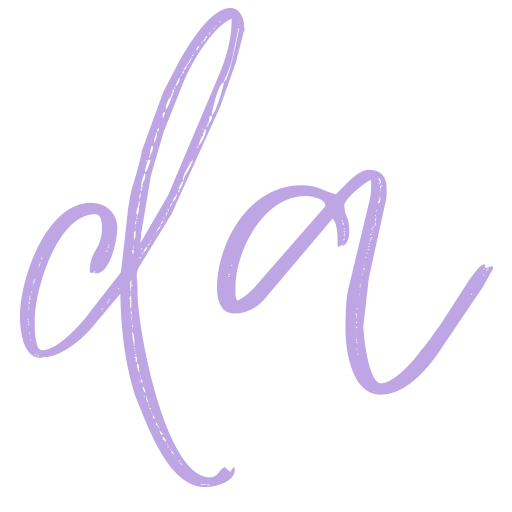Authentic Assessments
Learning Scenario:
I teach the graphic design process to adult learners as part of their degree program. Part of the class covers the concept of “Typographical Hierarchy.” In the course, we have a small exercise where we take an event and its description and apply a hierarchy to it in a graphic design tool such as Adobe inDesign or Illustrator. This is to prepare them for a project they must complete, which is to design a poster for a real-life event. The students choose the event, which could be in-person or virtual. The poster must be 11 inches wide by 17 inches tall and contain essential information like who, what, when, where and how much. It must also include an image and be prepared to be printed at a commercial printer.
Authentic Assessment:
The Authentic Assessment is that the students produce a real-life work product and is a student-centered, hands-on learning assignment. The project is based on graphic design projects I have created in real-life. I provide them with examples of authentic event posters so they can be inspired.
Their grade is based on a rubric that assigns points to criteria such as correct size, color format, pertinent information, production value, typographical hierarchy, and spelling. In the real world, if there were issues such as the wrong size, color format, typos, etc., and it was printed, it would waste money because the project would need to be done over.
Before the students turn in the project to be evaluated, we have a design critique where we talk about the design and give areas for improvement. The student has the opportunity to make corrections. The teacher serves as quality control and project management.
Connections to the learning theory:
Since I am teaching adults who can take what they learn in my class and immediately apply it to their job, this scenario closely resembles Andragogy. The assessment method that I use is an authentic assessment based on a real-life work scenario. The mini assignment is formative in nature because it is low-stakes and is just to help them learn the technique they will use later in the bigger project. The bigger project is Project Based Learning (PBL) because they performed the activity they were learning. In addition, the design critique could also be considered formative because they discuss any potential issues the project may have and how to remedy them. Design critiques happen daily when dealing with clients, stakeholders, and project managers.

